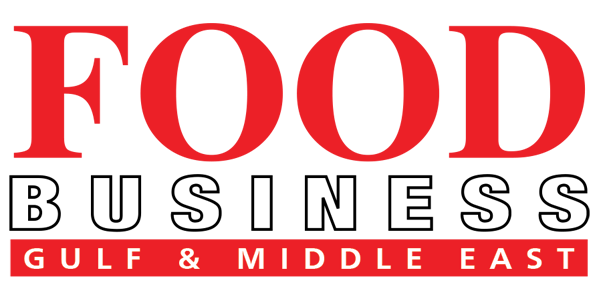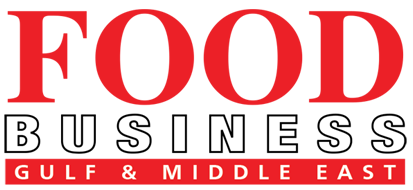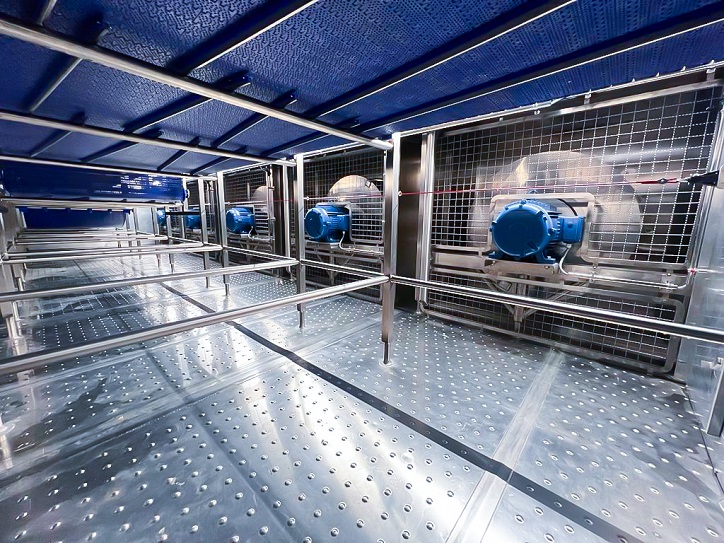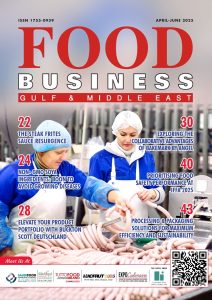According to the United Nations, around 13 percent of food produced is lost between harvest and retail, while an estimated 17 percent of total global food production is wasted in households, in the food service and in retail all together.
As a freezer manufacturer, AGF Freezers understands food safety and hygiene standards play a crucial role in reducing food waste through freezing by ensuring that frozen foods remain safe for consumption throughout their shelf life. By maintaining strict adherence to these standards, the freezing industry can minimize the likelihood of contamination and spoilage, thus extending the usability of frozen products and reducing waste. Here’s how food safety and hygiene contribute to waste reduction in the freezing process:
Preventing Microbial Contamination: Proper sanitation practices and hygiene protocols help prevent the introduction of harmful bacteria and pathogens into the freezing process. Contamination can accelerate spoilage and render frozen foods unsafe for consumption. By implementing stringent cleaning procedures for equipment, surfaces, and personnel, the risk of microbial contamination is significantly reduced, thereby extending the shelf life of frozen products, and minimizing waste.
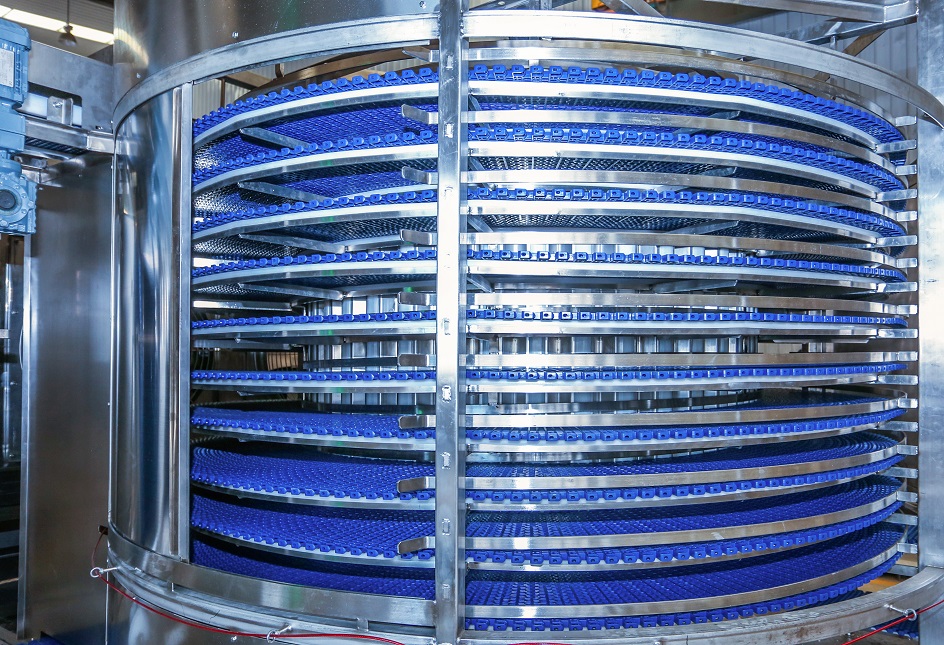
An example is a Clean-in-place (CIP) system in freezers critical for food safety, ensuring sanitation without disassembly or factory downtime. Proper CIP protocols involve thorough cleaning and disinfection of freezer surfaces, including inner walls, conveyor belting, and seals, to eliminate microbial contamination risks. Regular CIP maintenance prevents cross-contamination by eliminating possible bacterial growth while preserving product quality.
Ensuring Proper Temperature Control: Maintaining consistent and appropriate temperatures throughout the freezing process is essential for preserving food quality and safety. Freezing food rapidly at ultra-low temperatures inhibits the growth of microorganisms and slows down enzymatic activity, thereby preserving the freshness of the product. Proper temperature control measures, including regular monitoring and maintenance of freezing equipment, help prevent temperature fluctuations that can compromise food safety and contribute to waste.

Small ice crystal formation during food freezing is crucial for maintaining food quality. Unlike large crystals, which can puncture cell walls and cause texture degradation, small crystals minimize cellular damage, preserving the food’s integrity, flavor, and nutritional value. Additionally, smaller crystals prevent the formation of ice pockets, ensuring uniform freezing and reducing the risk of freezer burn. Overall, controlling ice crystal size is essential for retaining quality and integrity of frozen foods, contributing to less food waste.
While freezing is one part of the overall process, food manufacturers are responsible to ensure the final product, from raw to packaged, meets thorough safety standards, before consumption. They can include:
Implementing Hazard Analysis and Critical Control Points (HACCP): HACCP is a systematic approach to identifying and controlling food safety hazards. In the freezing industry, HACCP plans help identify critical control points where hazards may arise, such as during thawing, processing, or packaging. By implementing preventive measures and monitoring procedures at these critical points, the risk of contamination and spoilage is minimized, ensuring that frozen products remain safe for consumption and reducing waste.
Quality Assurance and Inspection: Rigorous quality assurance measures, including regular inspections and testing for microbial contamination, help ensure that frozen products meet safety standards before they are distributed to consumers. By detecting and addressing potential issues early in the production process, companies can prevent the distribution of unsafe or subpar products, thereby reducing waste and protecting consumer health.
Educating Consumers: Educating consumers about proper food handling and storage practices can help reduce waste at the household level. Providing information on the benefits of freezing for preserving food quality and safety, as well as practical tips for thawing and using frozen products, empowers consumers to make informed choices and minimize waste in their kitchens.
In conclusion, food safety and hygiene standards are critical components of the freezing process that help reduce food waste by ensuring the safety and quality of frozen products throughout their shelf life. By implementing rigorous standards, manufacturers in the freezing industry can effectively minimize waste and contribute to a more sustainable food system.
For more information, visit www.agffreezers.com
